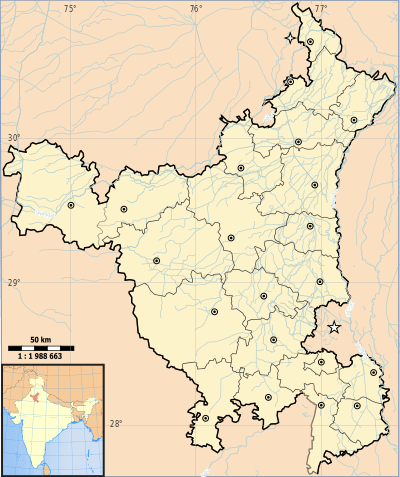Solo
Solo or SOLO may refer to:
Arts and entertainment
Literature
Comics
Music
Artists
Albums
Solo (Dutch band)
Solo is the musical outfit of Dutch musicians Michiel Flamman and Simon Gitsels. The duo released two albums, of which the latest Solopeople was the biggest success. The album released on label Excelsior Recordings spawned a Dutch top 20 hit with Come Back To Me.
Biography
Songs ’n Sounds (2003-2005)
In 2003 Flamman and Gitsels team up under the name Solo. By then both have already paid their dues in the music industry. Flamman performed under the name J. Perkin and wrote songs for other artists. Gitsels worked as sessions musician for Mathilde Santing and Birgit.
A year later the duo signs with Excelsior Recordings. On this label Solo releases its debut album Songs ‘n Sounds on August 16. The record is produced by Martijn Groeneveld and contains contributions from Minco Eggersman (at the close of every day), Rowin Tettero (Mindmeners) and Marg van Eenbergen (Seedling). The latter two also support Flamman and Gitsels during live shows. In November Solo receives an Essent award.

Solo (Norwegian soft drink)
Solo is an orange-flavoured soft drink, owned by the Norwegian companies Ringnes, Oskar Sylte, Aass, and Mack. The recipe was originally Spanish, and brought to the Tønsberg Bryggeri by Torleif Gulliksrud in 1934. Solo quickly became Norway's most popular soft drink, and until the 1960s was bigger than Coca-Cola in Norway. In 1999, Pepsi passed Solo in market share, leaving Solo as third most popular.
As of 2005, Solo has a seven percent share of the Norwegian soft drink market. Variants of the original Solo include Solo Super (less sugar), Solo Sunset and Solrik (juice).
References
External links
Pur (Vedic)
The term Pur (Devanagari:पुर) occurs approx. 30 times in the Rig Veda. It is often translated as city, castle or fortress.
In the Rig Veda, there are also purs made of metal (purās ayasīs in 10.101.8). In Aitareya Brahmana, there is copper/bronze, silver, and golden pur.
Pur and Pura
"Pur" and" Pura" are suffixes meaning "city" or "settlement", used in several place names across the Indian subcontinent, Southeast Asia, Afghanistan and Iran. The word Pura is the oldest Sanskrit language word for "city", finds frequent mention in the Rigveda, one of the four canonical sacred texts of Hinduism, most dating between c. 1500–1200 BCE. However in later Vedic literature it also means fortress or rampart. These days pura is often used for a mohalla (neighbourhood).
Pur

Pur, Bhiwani
Pur is a village in the Bawani Khera tehsil of Bhiwani district in the Indian state of Haryana. It lies on the border with Hisar district, 20 kilometres (12 mi) north of the district headquarters at Bhiwani, 6 kilometres (3.7 mi) west of Bawani Khera and around 240 kilometres (150 mi) from the state capital Chandigarh.
Demographics
As of the 2011 Census of India, the village had 1,248 households with a total population of 6,961 of which 3,682 were male and 3,279 female.
The majority of the population are Brahmins and there is regular tension between minority Jats and the majority Brahmins.
Temples
References
PUR4
pUR4 is a recombinant peptide that is known to inhibit the polymerization of fibronectin in a number of cell types including fibroblasts and endothelial cells. Fibronectin is an essential component of the extracellular matrix that acts as a mediator between the extracellular matrix and the cells that reside within the matrix. This cell-matrix communication occurs by binding interactions between fibronectin and matrix assembly sites on the cell surface. pUR4 interferes with these binding interaction by binding to fibronectin itself.
Fibronectin is known to regulate the deposition of other extracellular matrix proteins as well as influence the formation of vascular networks. For this reason, pUR4 is utilized in a number of research studies to determine the precise impact fibronectin has on these processes. The formation of vascular networks is a particularly interesting topic as it is of special interest to those who study tumor and cancer growth. Tumors are limited in size by the rate of diffusion of nutrients and waste. The ability to form vascular networks allows a tumor to grow beyond this limit and leads to the possibility of metastasis. By searching for a way to inhibit tumor vascular network formation, tumor size can be restricted and the possibility of metastasis reduced.
Podcasts:

